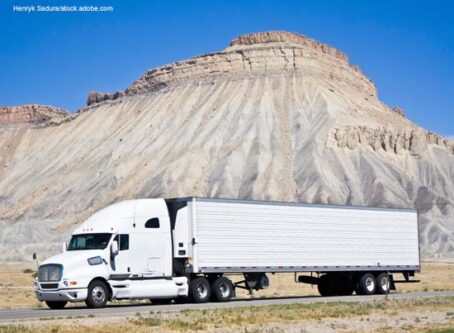Port of Seattle accelerates zero emission goal by a decade
The Port of Seattle is the latest port to announce a more aggressive net-zero emissions plan, moving the target date from 2050 to 2040.
On Oct. 28, Port of Seattle Commissioner Ryan Calkins announced that the commission recently voted to significantly move up the port’s decarbonization goals. The net-zero carbon emissions goal originally set for 2050 is now on schedule for 2040.
Advancing the net-zero emissions goal by a decade applies for activities that the Port of Seattle Commission has direct or indirect control over, including work it does and work it hires. Before the change, the port’s goal was to become carbon neutral or negative by 2050. Now it is net-zero or better by 2040. Shorter goals of 15% below 2005 levels by 2020 and 50% below 2005 levels by 2030 remain intact.
For activities that the Port of Seattle Commission has an influence, such as institutions that hire it, the port has set a goal to be carbon neutral or better by 2050. Previously, that goal was to reach 80% of 2007 emissions levels. Again, the commission is keeping the short-range goal of 50% below 2007 levels by 2030.
To reach these goals, the port is collaborating with the Northwest Seaport Alliance and Seattle City Light to design the Seattle Waterfront Clean Energy Strategy. The plan will explain how the Port of Seattle will work with government agencies and marine industries to reach its goals.
The Port of Seattle Commission also has a plan called Charting the Course to Zero.
That plan commits to internal changes by 2030, which include:
- Transitioning all port-owned light-duty vehicles to electric models or to using renewable fuels.
- Eliminating fossil-based natural gas use in port-owned buildings.
- Connecting 100% of home port cruise ships to shore power.
- Implementing green leasing policies that incorporate sustainability best practices into landside tenant leases.
“When faced with the seemingly insurmountable challenges of climate change, it’s easy to fall prey to a sort of fatalism: the problem is too big, or too much damage has already been done. I won’t deny the enormity of the challenge, but it’s not too late. In fact, there’s still time for us to act decisively and effectively to avert the worst outcomes.”
This does not necessarily mean port trucks have to go electric soon. In a presentation during its Oct. 26 commission meeting, Port of Seattle Senior Environmental Management Specialist Ryann Child showed a timeline indicating that only light-duty vehicles need to be electric by 2030. This year, the port’s bus fleet needs to use renewable natural gas. However, all other diesel vehicles need to switch only to renewable diesel. LL









